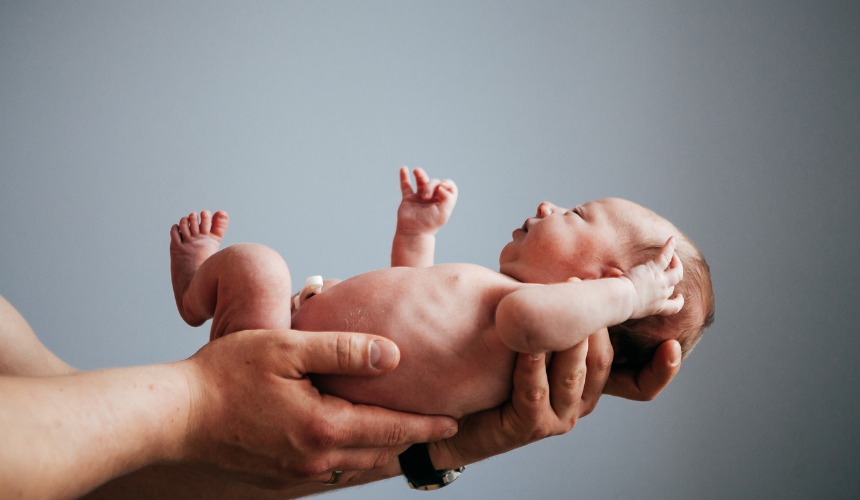- As you are aware, one of the bane of the country is the still largely patriarchal, misogynistic, and male-dominated society that hasn’t undergone much change despite making tremendous progress over the last few decades. Of course, India is blessed with such a rich legacy, history, tradition, culture, and inspiration to boot. The world over, India is recognized as an ancient civilization that has enriched humanity in a significant way. However, despite monumental efforts to ensure gender parity, equality, and a level playing field, the preference for male progenies continues to play a defining role in the country. Innumerable efforts to eradicate gender disparity have yet to yield the desired results. Did complacency set in the system?

PC: Freepik
- The skewed sex ratio speaks volumes about how the preference for males over females continues in the Indian context. The sustained campaign undertaken a few decades back did provide some welcome relief vis-à-vis statistics denoting the changes, but recent reports suggest we are heading back to the same old ways of yore. As reported, Delhi, Haryana, and Bihar sex ratio at birth has seen alarming reverses. Most concerningly, governments have grown lax. At one level, Indian policymakers well understand what a skewed sex ratio means for the country. The ubiquitous son preference it reveals doesn’t just conspire to rob opportunities from the missing women, but all of society and the economy. Just look at some idiosyncratic preferences and notions.

PC: ThePrint
- Who will marry her if she breaks her nose was the kind of doubt that women boxers from Haryana had to punch past, before their gold podium finish at the ongoing World Championships. How many aspirations never get to breathe because of the odds being severely stacked against the female gender? Unfortunately, at the follow-through level, govts are failing alarmingly in the task of controlling sex-selective abortions to ensure the birth of sons. The most recent data is from Delhi, where last year’s annual report of births and deaths shows the sex ratio at birth declining for the fourth successive year, from 932 in 2021, 929 in 2022, 922 in 2023, to 920 females being born in 2024 per 1,000 males.
 PC: Motherhood Hospital
PC: Motherhood Hospital
- Moreover, last year also saw the sex ratio at birth in the next door Haryana dropping to 910, an eight-year low. In Bihar, ahead of an assembly election where it should be, but it isn’t a campaign issue, the Civil Registration System data released in June indicates the same worrying trend. Its sex ratio at birth has declined from 964 in 2020 and 908 in 2021 to 891 in 2022, the lowest among all states and UTs. Back in 2011, the increase in sex ratio over 2001 had the world cheering how the govt efforts to curb sex selection, combined with broader social changes such as rising education and wealth, had paid off. But now it seems that the system got too complacent too soon. Surreptitious sex detection should be curbed forthwith, with credible deterrence in place, should be the mantra for all stakeholders. Back to the boardroom.






